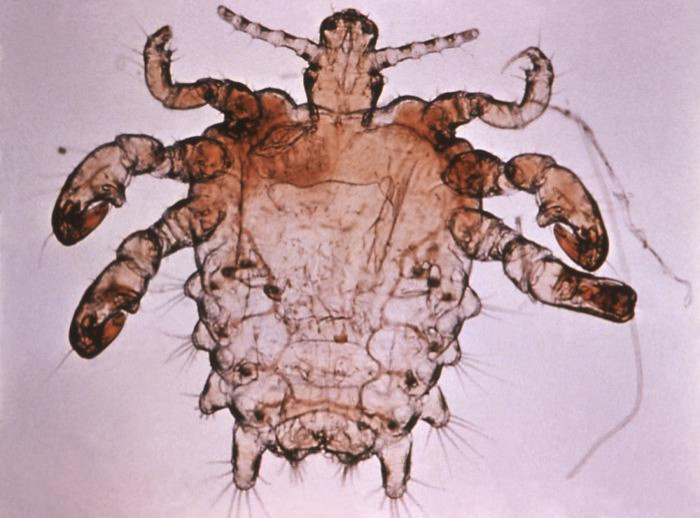Pubic Lice Beaten Back By Bikini Wax? Crabs Could Be A Thing Of The Past

Crabs -- the kind that live in your pants, not on the beach -- are becoming an endangered species, possibly thanks to the widespread modern popularity of the bikini wax.
Pthirus pubis has likely bedded down with humans for millions of years since it split off from its closest relative, the gorilla louse. The blood-suckers’ favorite habitat is the hair around the genitals -- possibly because they were already adapted to the coarse body hair of the gorilla, some scientists think -- but they can occasionally be found setting up shop in the eyelashes as well.
Now the pubic louse may have met its match -- the body-waxer.
Pubic lice “used to be extremely common; it’s now rarely seen,” University of New South Wales sexual health researcher and physician Basil Donovan told Bloomberg News on Monday. “Without doubt, it’s better grooming.”
In a 2006 paper, two British researchers floated the idea that pubic deforestation could be lessening the spread of crab lice by depriving them of their habitat. When they examined the rates for various sexually transmitted infections at a clinic in Leeds between 1997 and 2003, they found that Chlamydia and gonorrhea rates rose, but pubic lice cases significantly dropped off.
“Sexual behavior changes cannot account for this discordance in trends of STIs so there must be another explanation,” the authors wrote. “The drop in pubic lice in women appears to be most dramatic around 2000 and coincided with the introduction of extensive waxing techniques, such as the ‘Brazilian,’ in women in the United Kingdom.”
The pair admitted that their study is anecdotal as best, since they do not have numbers on pubic hair removal for patients. Plus, patients with pubic lice might be less likely to make appointments at their clinic, they said.
“However, we think that this is an interesting observation and that hair removal practices may have contributed to the reduction in pubic lice,” they wrote.
Overall, the scientific literature on pubic lice and body hair removal trends is thin. Pubic lice are often overlooked in sexual health studies because they do not transmit disease, and patients may shy away from clinics, preferring to self-treat.
Lice are not the only danger that pubic hair can present to the genitals. One case report published in December 2011 described a 12-year-old girl’s trip to the hospital after experiencing pain and swelling of the vagina. Doctors found a “tourniquet” of pubic hair cutting off blood to the girl’s labia minora. After surgeons removed the hair, the swelling and pain subsided.
But removing pubic hair has its risks, too.
“Pubic hair removal naturally irritates and inflames the hair follicles left behind, leaving microscopic open wounds,” Washington state physician Emily Gibson wrote in an April 2011 blog post. “When that irritation is combined with the warm moist environment of the genitals, it becomes a happy culture media for some of the nastiest of bacterial pathogens.”
One particularly nasty case reported by Australian doctors in 2007 concerned a 20-year-old woman who went to the emergency room two weeks after receiving a full Brazilian bikini wax. Further examination showed that the bikini wax may have led to a serious bacterial infection and hepatitis. Six months after being discharged from the hospital, the patient returned to the hospital with a recurrence of herpes and bacterial infection after she attempted to shave her pubic hair herself.
Antibiotics took care of the problem, and “despite her traumatic experiences, the patient was keen to undertake further removal of pubic hair,” the doctors said.
© Copyright IBTimes 2025. All rights reserved.





















